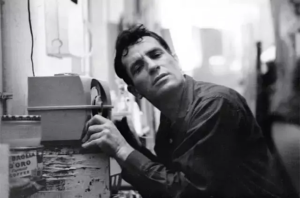Piano Music Learning: Exploring Texture Applications
Applying Different Textures to the Same Melody
In this section of piano music learning, we take a hands-on approach to textures by applying various accompaniment styles to a familiar melody: Twinkle, Twinkle, Little Star. This exercise reveals how texture choice can dramatically affect a piece’s character and musicality—an essential skill for interpreting classical music with depth and expression.
Original Melody:
We start with the melody on its own, then apply the following texture variations:
Block Chords
A simple and solid accompaniment that emphasizes stability.

Semi-Broken Chords
Adds motion with a split between bass and harmony.

Broken Chords
Introduces fluidity and space through individual note sequencing.

Rhythmic Block Chords
Enhances the feel with a more dynamic chord rhythm.

Switching Hands
Creates contrast and variety by altering hand roles.

Three-Layer Texture
Introduces complexity by separating melody, bass, and inner harmony.

Flowing Bass
Lends a sense of movement and momentum.

Syncopated Rhythm
Adds rhythmic interest and slight tension.

Wave Texture
Produces a shimmering, undulating quality—often heard in Romantic classical music.

Expanded Broken Chords
Builds drama and energy through longer, more expressive arpeggios.

After exploring these textures, you’ll notice that some styles may suit the character of the melody better than others. In piano music learning, this ability to match texture to mood is critical for expressive performance.
Example: Mozart’s Variations
Let’s examine how Mozart, one of the most revered classical music composers, masterfully used textures and variations in his works. His treatment of variations is not just technically brilliant—it also demonstrates an incredible understanding of musical texture and emotional contrast.

Theme:
Uses broken chords in a quarter-note rhythm, laying a clear harmonic foundation.
1. Right-hand melody in sixteenth notes, left-hand introduces rhythmic changes.
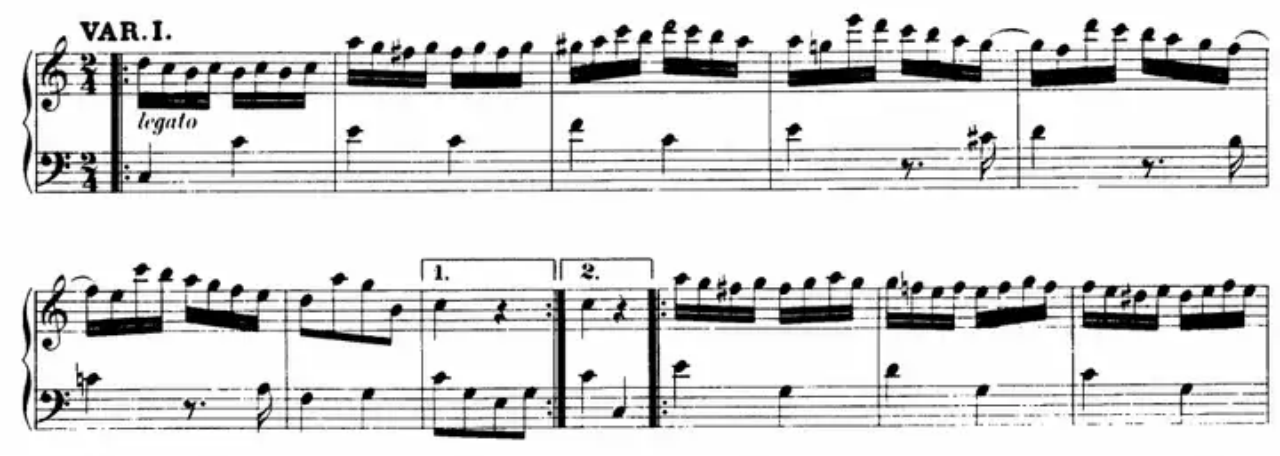
2. Both hands feature broken chords, melody grows more intricate.
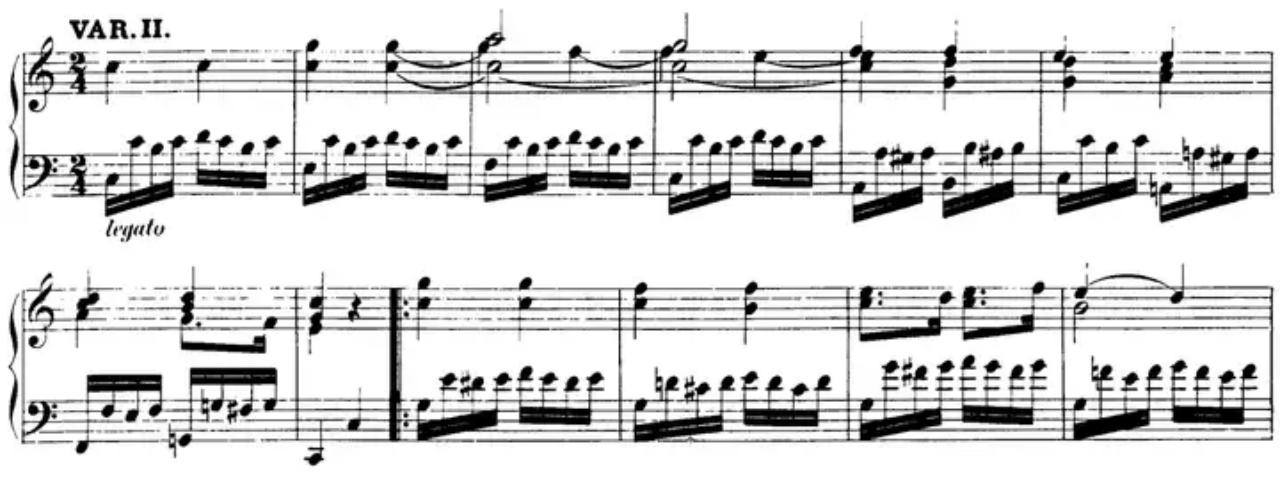
3. Triplets in the melody, left hand adds a second voice for depth.

4. Triplet rhythm persists, and the right-hand becomes multi-voiced.
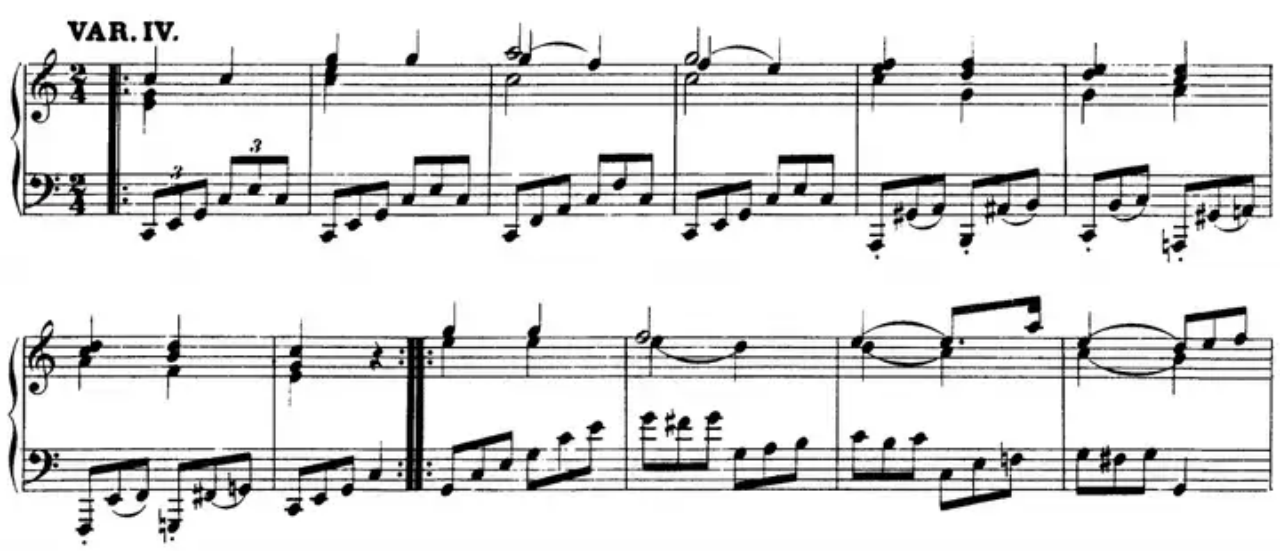
5. Both melody and accompaniment develop rhythmic variety.

6. Right-hand melody in chords, left-hand accompaniment features quick note runs.
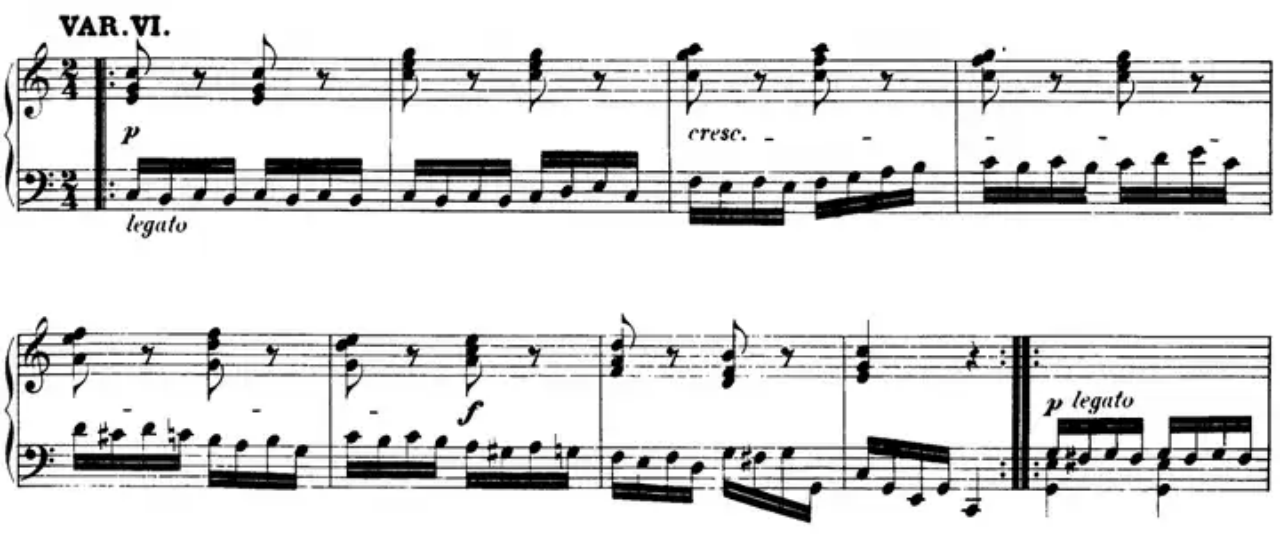
7. Melody evolves into rapid runs, with broken chords and octaves in the left hand.
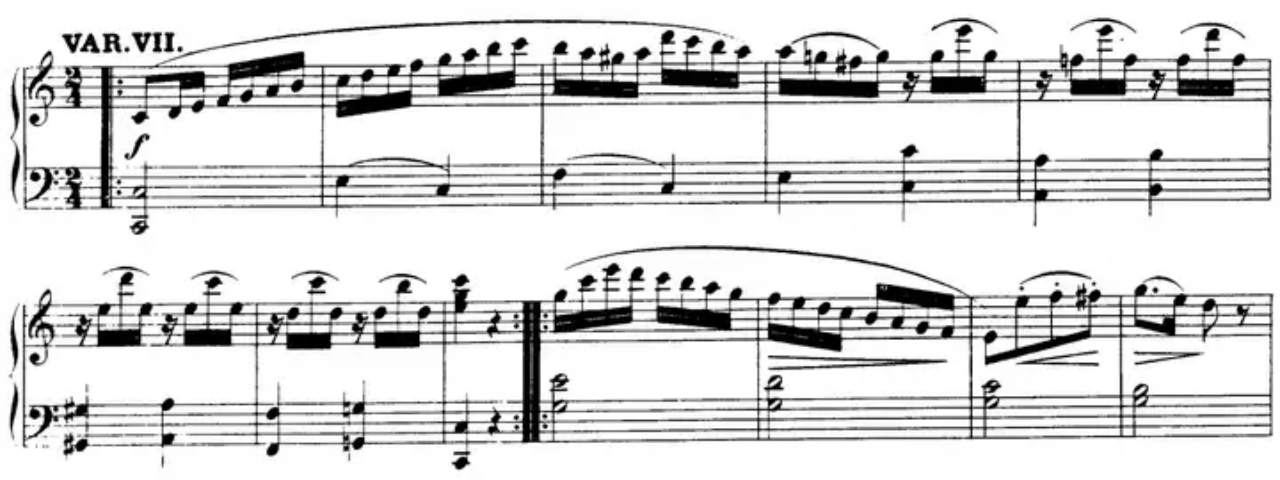
8. Switch to parallel minor, introducing polyphonic textures in the left hand.

9. Simple staccato left-hand accompaniment creates crisp articulation.

10. Blended use of broken and semi-broken chord textures.

11. Comprehensive variation with syncopation, note runs, and polyphony.

12. Complex rhythmic alterations, with changing meters and layered textures.
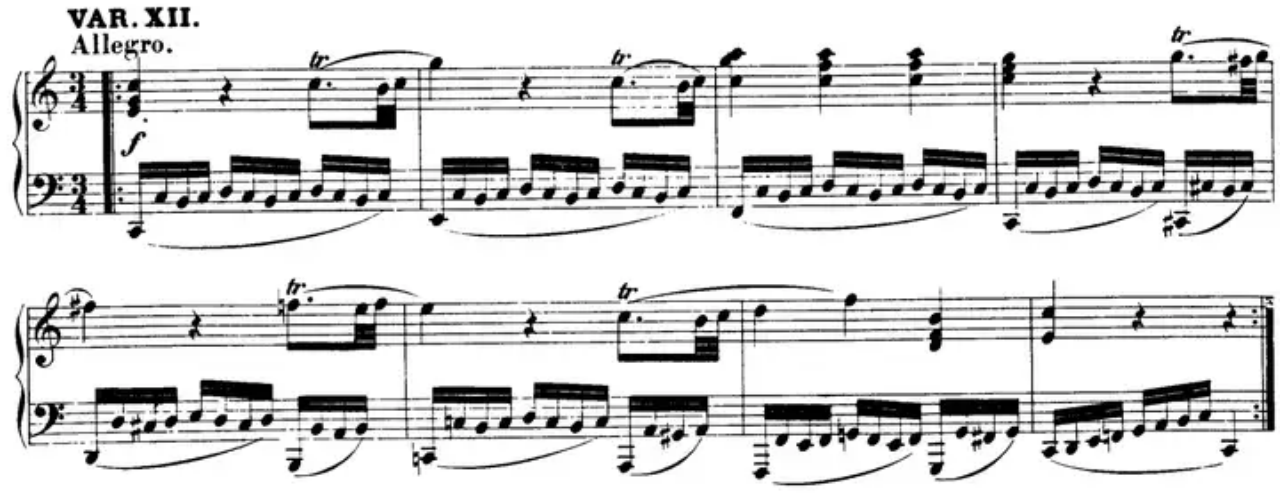
Through these examples, we see how a great classical music composer like Mozart explores every angle of accompaniment. His nuanced variations serve as an ideal study reference for any student of piano music learning, whether tackling period performance or contemporary interpretation.
To follow along or experiment with similar textures, students can benefit from downloading high-quality examples from SheetMusicGo. Our extensive collection of free sheet music includes not only Mozart’s works but also a wide range of other pieces from notable classical music eras and styles. It’s a valuable resource for both theory learners and performers.
FAQs
1. Where can I find practice pieces to explore accompaniment textures?
Visit SheetMusicGo to download free sheet music from Mozart, Chopin, and other greats. Our curated library includes works that showcase various textures used in different musical periods.
2. Why is learning texture variation important in classical piano?
Understanding texture allows you to perform classical music more expressively and with greater structural awareness. It also helps you interpret a classical music composer’s intent more authentically.
3. Can beginners try these texture styles on simple melodies?
Absolutely. In piano music learning, applying textures to familiar tunes like Twinkle, Twinkle, Little Star is a great way to develop technical flexibility and musical expression using accessible material.


